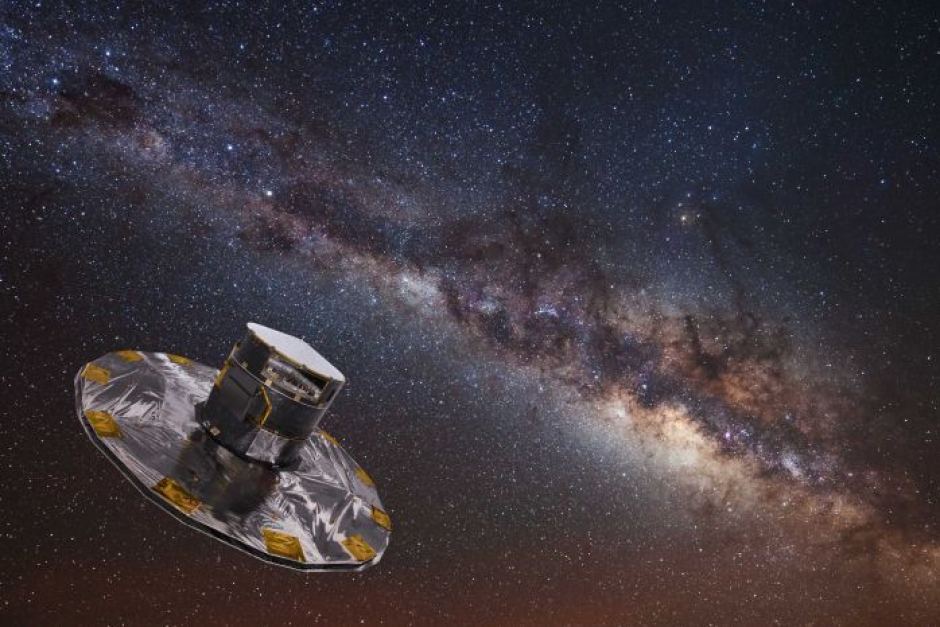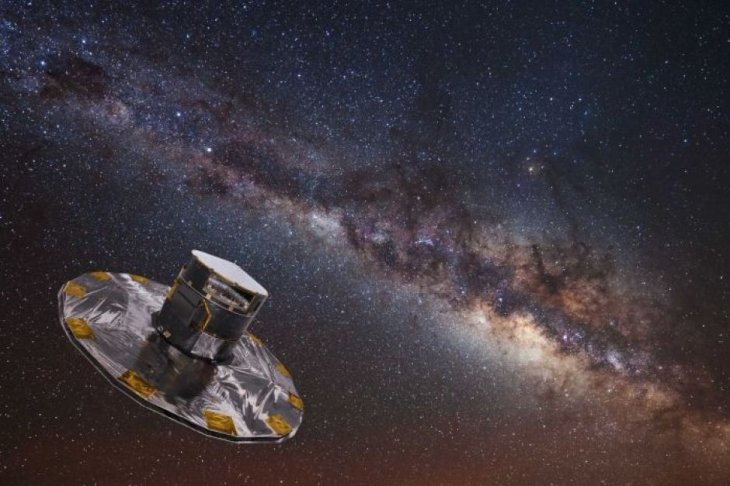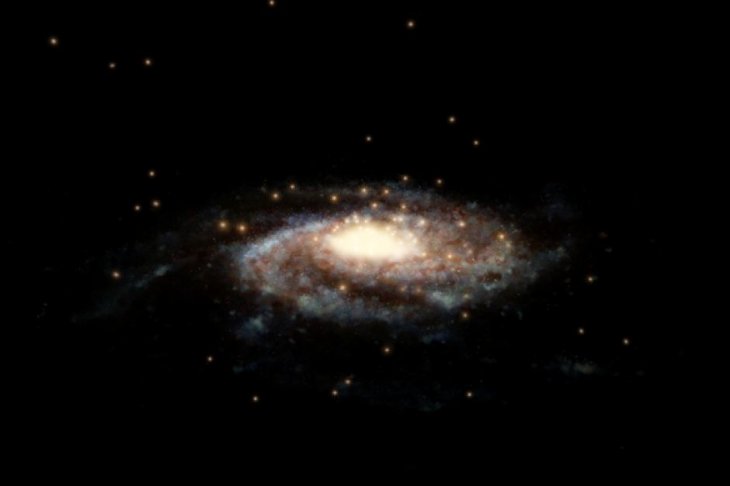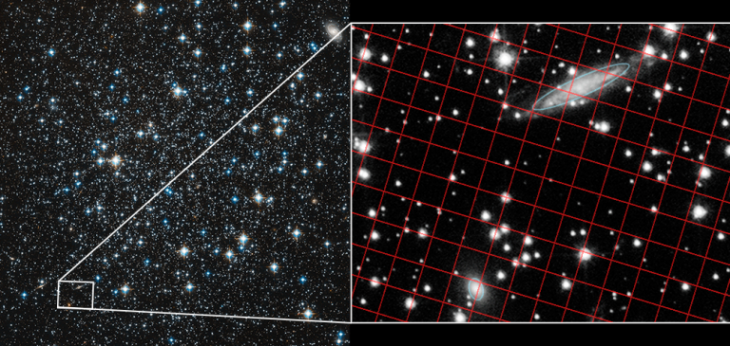NASA's New Measure Of Milky Way Galaxy Is Much Heavier Than Its Peers
Indira Datta - Mar 12, 2019

NASA's scientists have devised the most accurate measurement of galaxy masses and discovered that the Milky Way, which contains our solar system, is much heavier than other galaxies. It is believed that it includes the invisible matter we cannot see
- Russia Will Build A Lunar Space Station With China Because It's Done With NASA
- NASA Reveals 20 Most Stunning Earth Images Taken From The ISS
- Indian-Origin NASA Researcher Discovers Jupiter Moon Europa Glows In The Dark
NASA's scientists have devised the most accurate measurement of galaxy masses through the use of Hubble Space Telescope and European Space Agency's Gaia satellite. So we discovered that the Milky Way, which contains our solar system, is much more substantial than other galaxies. The scientists believe that it includes the invisible matter we cannot see in the Milky Way.

Astronomers used data from the Gaia satellite, which maps stars in the Milky Way
NASA’s Hubble telescope and Gaia satellite provide data scientists with three-dimensional mapping of galaxies to measure the movement of these clusters. The latest estimate shows that our galaxy is "on the beefier side" compared to its peers in the universe.
The latest results according to NASA calculations are published by The Astrophysical Journal, saying the Milky Way weighs nearly 1.5 trillion times the weight of the Sun, meaning that it is almost 1.5 trillion solar masses.

Globular star clusters
This new invention is crucial because it has shown that research from decades ago suggests that the mass of the galaxy is estimated to be between 5 billion and 3 trillion stellar masses.
What we can see is 200 billion stars and a black hole (weighing nearly 4 million other stars). A total of only 13% of the actual volume that NASA calculated according to the new method.
This means that most of the rest of our galaxy is not visible; it is called a dark matter by a mysterious physicist.

The Hubble telescope and Gaia satellite were used to measuring the movement of these clusters
According to NASA on the blog post, the majority of the volume belongs to dark matter. It is like an invisible material and works a mystery to keep the stars in the galaxy. And that's what's uncertain in this Milky Way's mass because we can't measure what we don't see.
Featured Stories

Features - Jul 01, 2025
What Are The Fastest Passenger Vehicles Ever Created?

Features - Jun 25, 2025
Japan Hydrogen Breakthrough: Scientists Crack the Clean Energy Code with...

ICT News - Jun 25, 2025
AI Intimidation Tactics: CEOs Turn Flawed Technology Into Employee Fear Machine

Review - Jun 25, 2025
Windows 11 Problems: Is Microsoft's "Best" OS Actually Getting Worse?

Features - Jun 22, 2025
Telegram Founder Pavel Durov Plans to Split $14 Billion Fortune Among 106 Children

ICT News - Jun 22, 2025
Neuralink Telepathy Chip Enables Quadriplegic Rob Greiner to Control Games with...

Features - Jun 21, 2025
This Over $100 Bottle Has Nothing But Fresh Air Inside

Features - Jun 18, 2025
Best Mobile VPN Apps for Gaming 2025: Complete Guide

Features - Jun 18, 2025
A Math Formula Tells Us How Long Everything Will Live

Features - Jun 16, 2025
Comments
Sort by Newest | Popular